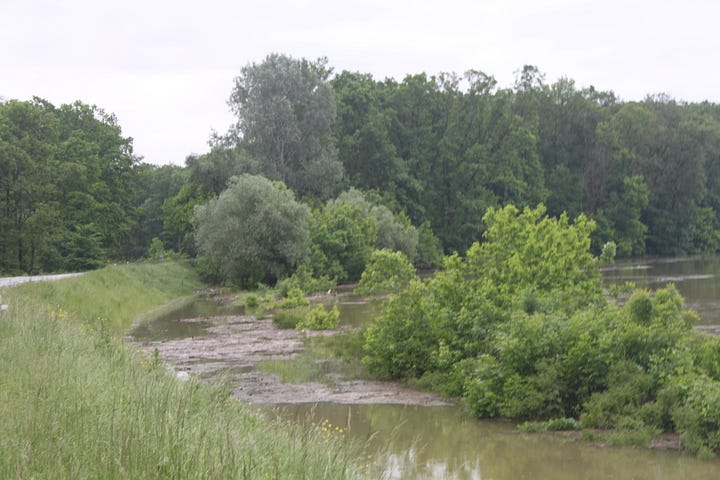I’m hoping that over the next few weeks I will get a chance to do a write up about some of my adventures in the Balkans last April. That will make this the second in that series.
Last April I visited Lonjsko Polje Nature Park in Croatia, which is known for, among other things, the migratory cranes that nest there, traditional animal grazing practices, and the natural beauty of the flood plane it exists on. We were unlucky enough to be there during a flood, so we didn’t get to see much of the common grazing fields, but we did see plenty of the cranes. We also stayed at the Tradicije-Čigoč, which is a wonderful traditional inn and restaurant.
The park is known as a gathering place for its’ nesting pairs of cranes that can travel upwards of 13,000 kilometres to mate there. In fact, we saw several platforms on posts that residents had created for them to build their nests.









Given that each nest can weigh upwards of 1000lbs - and some houses find themselves host to more than one at a time - this is an important intervention. We even saw houses that had collapsed under the weight.





As noted, the park is also unique for existing on a natural flood plane and for its’ residents continued historical common grazing practices. Essentially, the horses, pigs, and cattle that are unique to the area are let loose into a central area to graze naturally in a semi wild state. The pigs even dive into the river to eat shellfish!


We didn’t get to see this because the fields were totally flooded while we were there.




We did get to see some of the horses that had been brought in to the pen during the flood, including one chunky boi that kept chasing the others around.





We also had the chance to visit a tiny little weaving museum that had a number of historic farm implements as well. It even had a cannon ball supposedly from a war against the Turks in 1593.




I definitely want to visit here again, but maybe later in the season when it’s not as wet. It still seems like a good idea to bring rain boots though.



